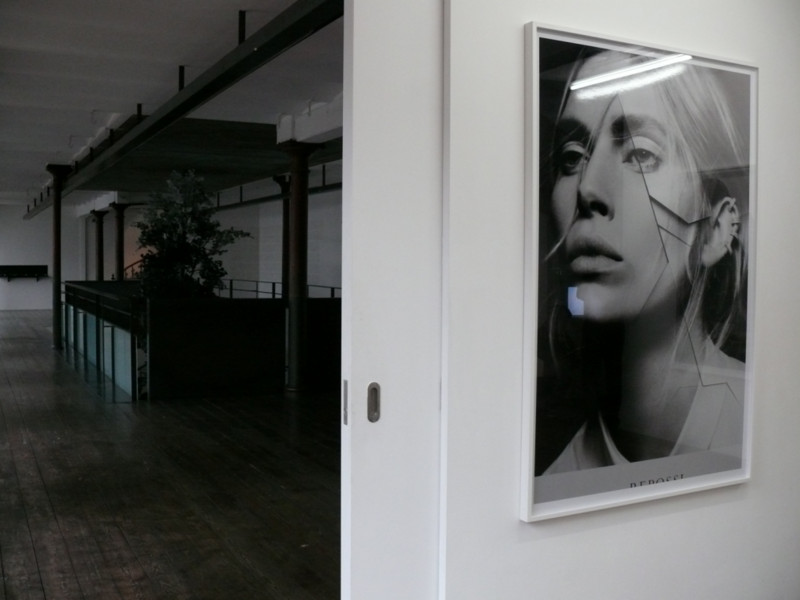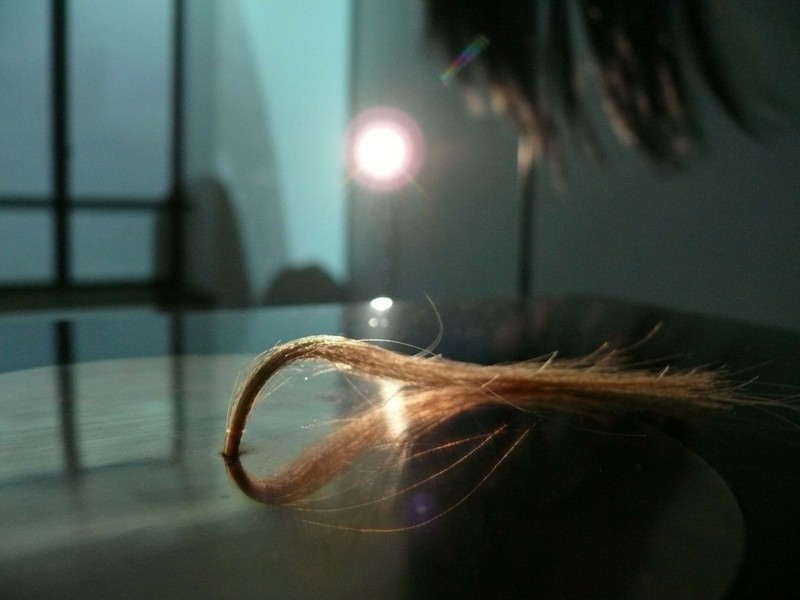Adrien Giros | Jiri Thyn
29 Nov 2014 - 04 Jan 2015

© Jiri Thyn
Counsciousness as a fundamental attribute I & II, 2014 - Espace international du CEAAC - Photo E. Gallina
Counsciousness as a fundamental attribute I & II, 2014 - Espace international du CEAAC - Photo E. Gallina
ADRIEN GIROS, JIRI THYN
29 November 2014 - 4 January 2015
Since 2013 a new partnership has been established with the French Institute in Prague and the MeetFactory cultural centre. This exchange residency enables the reception of a Czech artist in Strasbourg and the sending of a local artist to Prague.
Adrien Giros & Jiri Thyn are the first to have benefitted from this exchange during the winter of 2013.
THE GUARD
Adrien Giros employs sound for its aesthetic, physical and psychological qualities. He is interested in acoustic phenomena and reinterprets them through sculpture, performance and installations. During his stay in Prague, he worked starting with the first notes from the opera Don Giovanni by Mozart. His installation displays a relic of a lock of hair of the famous composer, reactivated by the sound and guarded by four ghostly figures.
In the history of Don Giovanni, the main character straddles several opposites: stability and instability, peace and fear, madness and serenity, life and death. The opera itself is also closely linked to various elements from another world.
In this installation, Adrien Giros does not work with opera as a given material and does not merely attempt to use an opera in a new way. On the contrary, his fascination for history, the music and history the opera and its author left behind in Prague, is present in the installation, in an abstract and mystical way. It is translated into strong physical sensations induced by resonant frequencies of space, sound installation, and deep psychosomatic emotions highlighted by a temple atmosphere of objects exhibited.
Consciousness as a Fundamental Attribute I, II
Jiří Thýn (1977) studied at the Academy of Arts, Design and Architecture in Prague (1999-2005) with an internship at the Academy of Fine Arts in the studio of Vladimir Skrepl (2003) and at TAIK Helsinki (2003). His work crosses the borderlines of photography, video, installation and interventions in public spaces. After many years of gradually refining his own “conceptual lyricism”, Thýn has recently addressed the questions of pictorial consciousness (or unconsciousness) and of the capturing of reality on the background of the modernist canon.
In this new series of work Thýn acts partly as a destroyer and partly as a stylist, working with the arsenal of contemporary visuality (often with the visuality of the contemporary art world itself) in a way that arises from his own subconscious. The lure of the photographs which is an essential component of many of Thýn’s works, is questioned and disrupted in the automatic gestures of the cutting knife. This unconscious automatism, contrasting to Thýn’s usual technical brilliance, re-raises questions about the nature of what he works with and fights against. That first mythical cut, which dismantled the old image apart into the sum of elements, was carried out about a century ago and radically changed our reading of images. Thýn is returning to that moment, in a specific position that combines analysis with dreamy nostalgia.
“I do a lot of things which are either very elaborately thought out or, on the contrary, based on irrational automatism, just helping something along which is not completely worked out but actually has the right atmosphere or emotion,” says the artist. That brings us to the untranslate-ability, which does not have the ambition to communicate, but to confront, to astonish and to disharmonize. Modernity is here shown as the urge to abstract social and political facts, and the abstraction works here as a pictorial Esperanto. Thýn’s studies of pictorial composition are actually recycling sculptures that are trying to break away from the flat surface to return back to it soon with a painful exhalation. Only the shape of the slash remains in the space, as a desperately perfect exclamation mark, as an inverse statue of the knife or rather of its very function that restructures our vision and consciousness. The very question of the existence of abstract language is here finally turned around, we do not ask post-historically how differently can abstraction be used and quoted, but rather why and under what conditions can abstract language still exist. Can abstraction be abstracted?
Pavel Vančát
29 November 2014 - 4 January 2015
Since 2013 a new partnership has been established with the French Institute in Prague and the MeetFactory cultural centre. This exchange residency enables the reception of a Czech artist in Strasbourg and the sending of a local artist to Prague.
Adrien Giros & Jiri Thyn are the first to have benefitted from this exchange during the winter of 2013.
THE GUARD
Adrien Giros employs sound for its aesthetic, physical and psychological qualities. He is interested in acoustic phenomena and reinterprets them through sculpture, performance and installations. During his stay in Prague, he worked starting with the first notes from the opera Don Giovanni by Mozart. His installation displays a relic of a lock of hair of the famous composer, reactivated by the sound and guarded by four ghostly figures.
In the history of Don Giovanni, the main character straddles several opposites: stability and instability, peace and fear, madness and serenity, life and death. The opera itself is also closely linked to various elements from another world.
In this installation, Adrien Giros does not work with opera as a given material and does not merely attempt to use an opera in a new way. On the contrary, his fascination for history, the music and history the opera and its author left behind in Prague, is present in the installation, in an abstract and mystical way. It is translated into strong physical sensations induced by resonant frequencies of space, sound installation, and deep psychosomatic emotions highlighted by a temple atmosphere of objects exhibited.
Consciousness as a Fundamental Attribute I, II
Jiří Thýn (1977) studied at the Academy of Arts, Design and Architecture in Prague (1999-2005) with an internship at the Academy of Fine Arts in the studio of Vladimir Skrepl (2003) and at TAIK Helsinki (2003). His work crosses the borderlines of photography, video, installation and interventions in public spaces. After many years of gradually refining his own “conceptual lyricism”, Thýn has recently addressed the questions of pictorial consciousness (or unconsciousness) and of the capturing of reality on the background of the modernist canon.
In this new series of work Thýn acts partly as a destroyer and partly as a stylist, working with the arsenal of contemporary visuality (often with the visuality of the contemporary art world itself) in a way that arises from his own subconscious. The lure of the photographs which is an essential component of many of Thýn’s works, is questioned and disrupted in the automatic gestures of the cutting knife. This unconscious automatism, contrasting to Thýn’s usual technical brilliance, re-raises questions about the nature of what he works with and fights against. That first mythical cut, which dismantled the old image apart into the sum of elements, was carried out about a century ago and radically changed our reading of images. Thýn is returning to that moment, in a specific position that combines analysis with dreamy nostalgia.
“I do a lot of things which are either very elaborately thought out or, on the contrary, based on irrational automatism, just helping something along which is not completely worked out but actually has the right atmosphere or emotion,” says the artist. That brings us to the untranslate-ability, which does not have the ambition to communicate, but to confront, to astonish and to disharmonize. Modernity is here shown as the urge to abstract social and political facts, and the abstraction works here as a pictorial Esperanto. Thýn’s studies of pictorial composition are actually recycling sculptures that are trying to break away from the flat surface to return back to it soon with a painful exhalation. Only the shape of the slash remains in the space, as a desperately perfect exclamation mark, as an inverse statue of the knife or rather of its very function that restructures our vision and consciousness. The very question of the existence of abstract language is here finally turned around, we do not ask post-historically how differently can abstraction be used and quoted, but rather why and under what conditions can abstract language still exist. Can abstraction be abstracted?
Pavel Vančát

